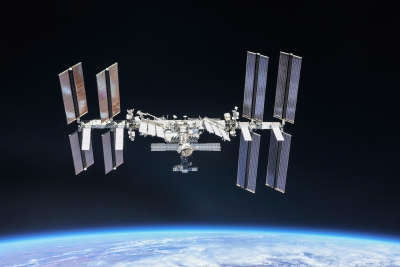
The International Space Station (ISS) is a multi-nation construction project that is the largest single structure humans ever put into space. Its main construction was completed between 1998 and 2011, although the station continually evolves to include new missions and experiments. It has been continuously occupied since Nov. 2, 2000.
The ISS is not owned by one single nation and is a “co-operative programme” between Europe, the United States, Russia, Canada and Japan, according to the European Space Agency (ESA).
As of April 2021, 244 individuals from 19 countries have visited the International Space Station. Top participating countries include the United States (153 people) and Russia (50 people). Astronaut time and research time on the space station is allocated to space agencies according to how much money or resources (such as modules or robotics) that they contribute. The ISS includes contributions from 15 nations. NASA (United States), Roscosmos (Russia) and the European Space Agency are the major partners of the space station who contribute most of the funding; the other partners are the Japanese Aerospace Exploration Agency and the Canadian Space Agency.
Current plans call for the space station to be operated through at least 2024, with the partners discussing a possible extension until 2028. Afterwards, plans for the space station are not clearly laid out. It could be deorbited, or recycled for future space stations in orbit.
Crews aboard the ISS are assisted by mission control centers in Houston and Moscow and a payload control center in Huntsville, Ala. Other international mission control centers support the space station from Japan, Canada and Europe. The ISS can also be controlled from mission control centers in Houston or Moscow.
Credit : Space.com
Picture Credit : Google




